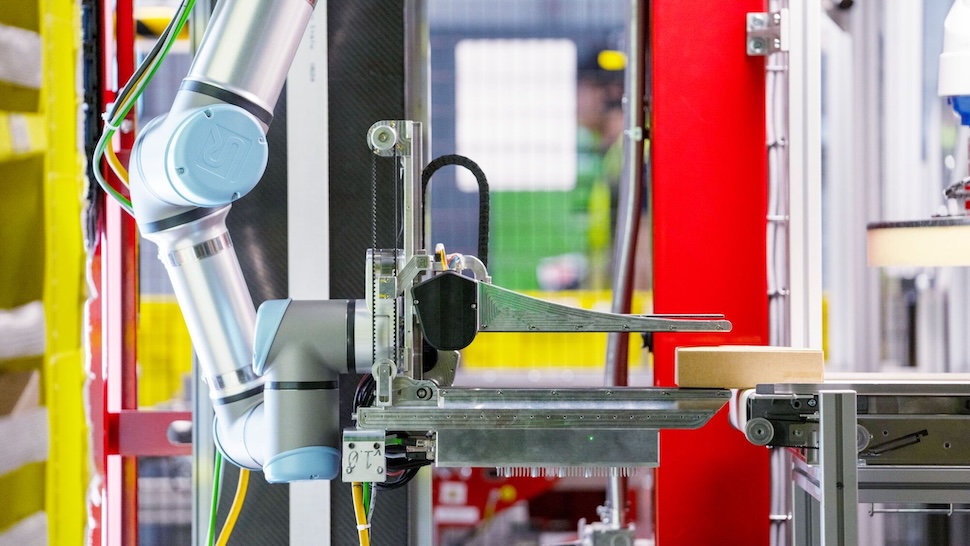
- Advertisement -
- The Robots of Amazon treated 224 units/hour, compared to people at 243 units/hour
- Robots are more consistent, but in some cases people can be faster
- Further research is needed to prevent damage
After a series of robotics announcements in recent years, including the newest Vulcan robot that has a sense of touch, Amazon Test testing models of the next generation with the name ‘Stow’ and ‘Pick’, and their names say it all are designed to help with the storage and picking processes in fulfillment centers.
However, the company has acknowledged that current robot technology is not instead of replacing human employees, despite achieving promising results.
According to the performance tests, people had an average of 243 units per hour compared to robots, with 224 units per hour. The difference is small, but Amazon also emphasized some nuances.
The robots of Amazon are good, but not human
Where the robots stand out in consistency. “It was also established that people had greater variation in the storage speeds: people can quickly store many small items efficiently, but are slower with large items, squat for lower trays, or when using a step ladder to reach the upper boxes,” Amazon explained.
The company also observed how people can perform multiple tasks at the same time with two hands, such as pulling out a storage bin with one hand and storing an item with the other – something that the current generation of robots does not do.
Yet the gap closes with Amazon’s robots with a success of more than 85% with a similar storage speed as people in more than half a million tests.
That said, there are some challenges with the implementation of robotics in Amazon warehouses, including damage caused by dropping products, inserting products into storage bins and crushing lightweight boxes.
As such, although complete human replacement is not yet feasible, hybrid systems appear to be very effective, with more work needed to improve treatment and reduce damage caused by robots.
“Deeper research into predicting complex item interaction may be necessary when scaling manipulation,” the researchers from Amazon added.
Maybe you like it too
- Advertisement -



